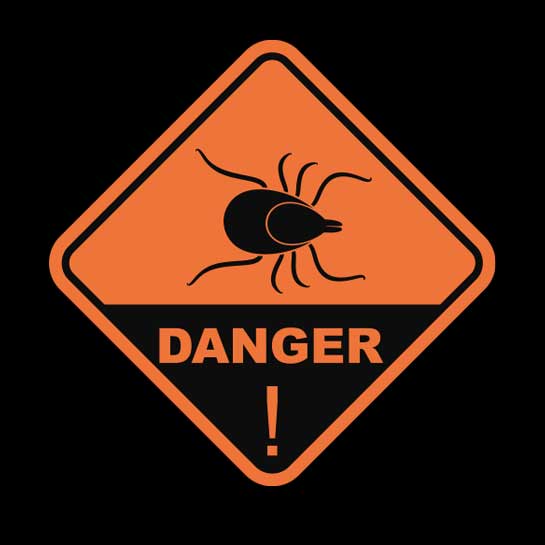Tularemia
Tularemia
Tularemia is a rare infectious bacterial disease that poses the most risk to people who spend a lot of time outdoors, although it can be spread in several different ways. Diagnosing and treating tularemia can be difficult, so it’s best to seek out a physician who specializes in infectious diseases. With clinics throughout the state, ID Care’s seasoned infectious disease specialists can make a correct diagnosis and provide the tularemia treatment your body needs to heal.
Types of Tularemia
Tularemia occurs when the bacteria Francisella tularensis enters the body. Though many cases are mild, this disease is highly infectious and can lead to severe and even life-threatening consequences. Symptoms vary depending on which type of tularemia is contracted. These include:
Ulceroglandular
- Typically caused by a tick (i.e. dog ticks, wood ticks, or lone star ticks), a deer fly bite, or from handling an infected animal
- Skin ulcer develops at the site where bacteria entered the body
- Lymph glands start to swell, usually in the armpit or groin
- Fever
Glandular
- Typically caused by a tick, deer fly bite, or from handling a sick/dead animal
- No skin ulcer
- Swollen lymph glands
- Fever
Oculoglandular
- Caused by bacteria entering through the eye, usually after handling an infected animal
- Eye irritation/inflammation
- Swollen lymph glands in front of the ear
- Fever
Oropharyngeal
- Acquired from eating or drinking contaminated food or water
- May cause sore throat, mouth ulcers, or tonsillitis
- Swollen lymph glands in the neck
- Fever
Pneumonic
- Acquired from breathing in dust or aerosols containing the bacteria
- Can also develop if other forms of tularemia are left untreated and spread through the bloodstream to the lungs
- Causes chest pain, coughing, and difficulty breathing
- Fever
Typhoidal
- Causes extreme exhaustion, vomiting, and diarrhea
- May cause pneumonia and an enlarged spleen or liver
- No localized symptoms
- Fever
Tularemia Treatment
At ID Care, your symptoms will first be thoroughly evaluated. The physician will ask if you’ve come into contact with any possible exposure sources, such as sick or dead animals and ticks. To confirm a diagnosis, the physician may run some blood tests and cultures. If they come back positive for tularemia, treatment can begin right away.
Tularemia is typically treated with a round of antibiotics that lasts anywhere from 10 to 21 days. The antibiotics help get the bacteria out of the body, with most patients making a full recovery after a few weeks.
Tularemia Prevention
The most common forms of tularemia are caused by tick and deer fly bites, so stay covered while hiking, camping, or working outdoors. Wear long pants, high socks, shirts with long sleeves, and apply insect repellent. If you see a tick on your skin, remove it immediately with tweezers.
You should also avoid drinking untreated surface water. And when handling animals – for example, while hunting or trapping them – always wear gloves and always cook game meat thoroughly before eating.
Consult with ID Care
Any time you think you might have an infectious disease, visit ID Care. We have a team of experienced physicians who specialize in infectious diseases, including rare ones like tularemia. We’ll make sure you receive the treatment you need to fight off whatever infection you might have. With locations throughout New Jersey, you can contact the ID Care nearest you for an appointment.





